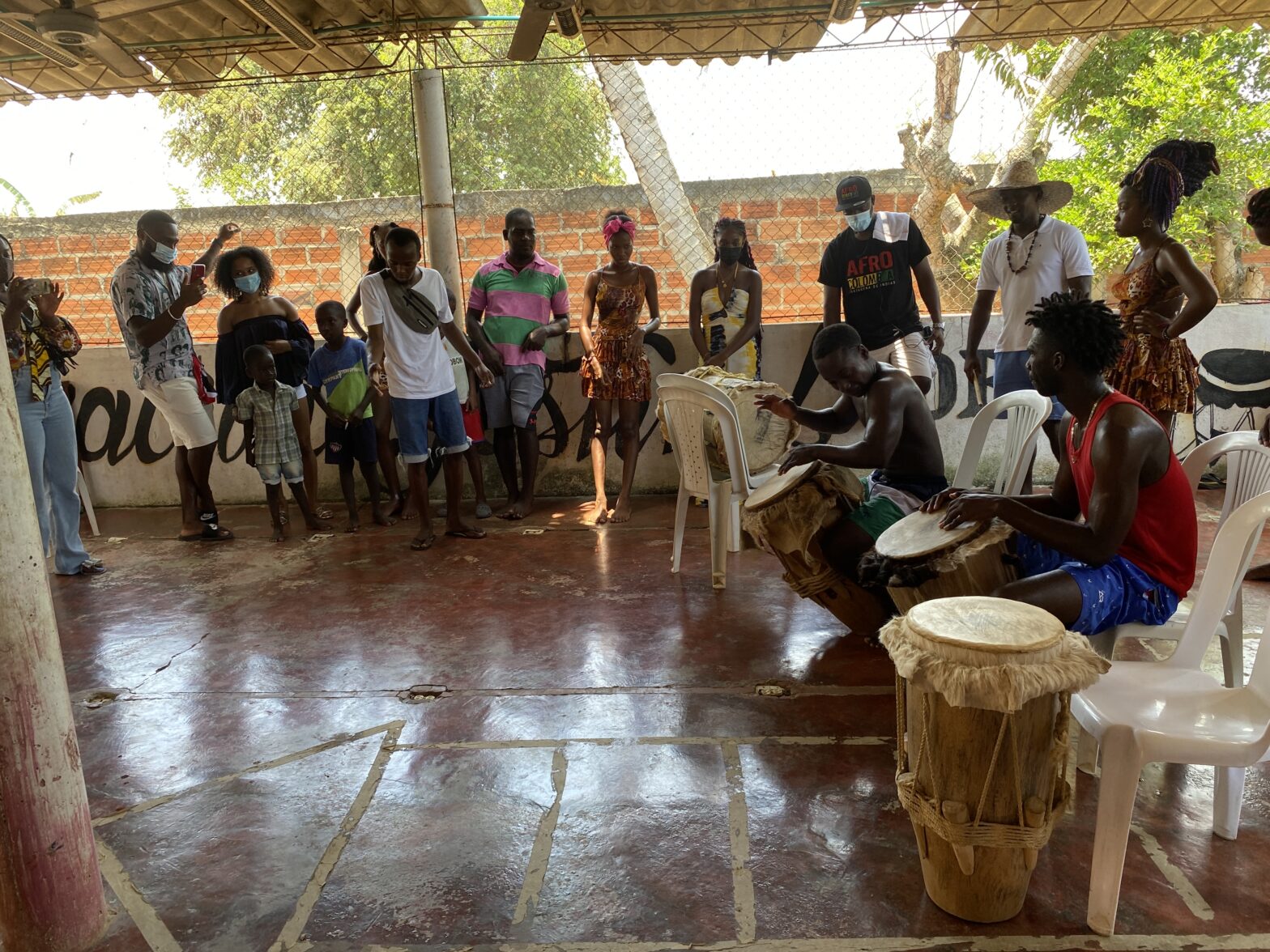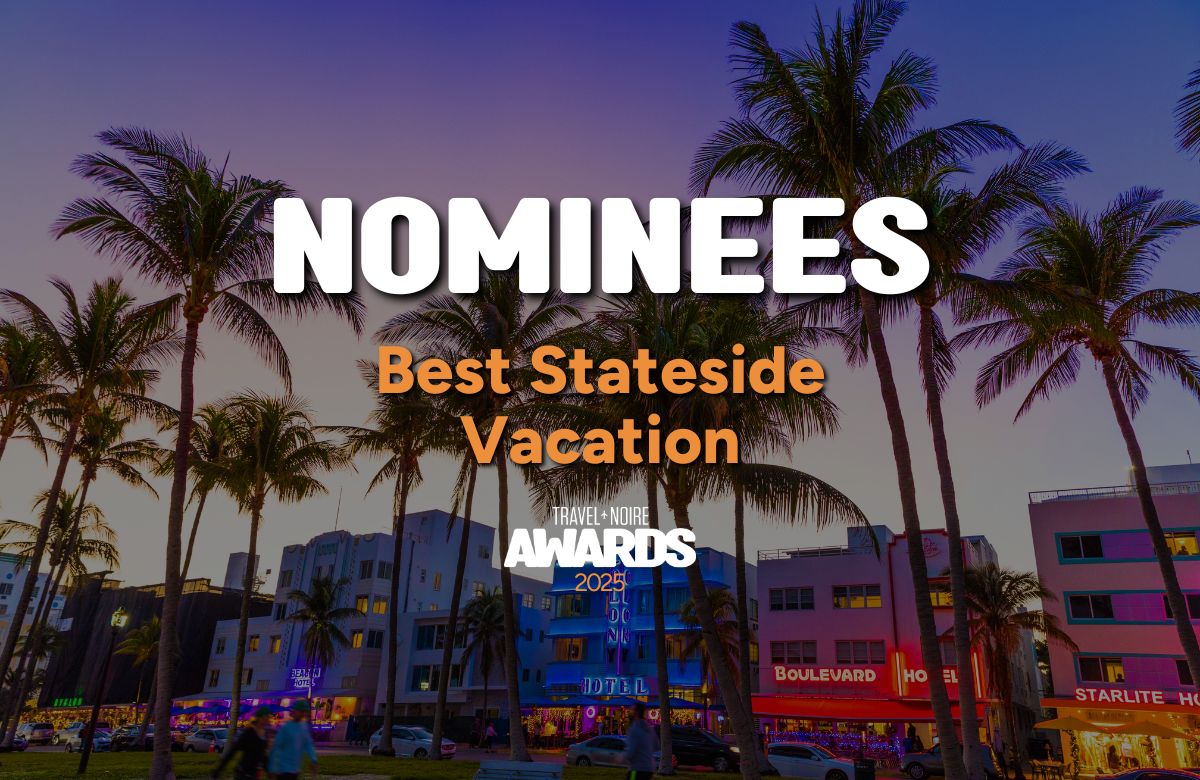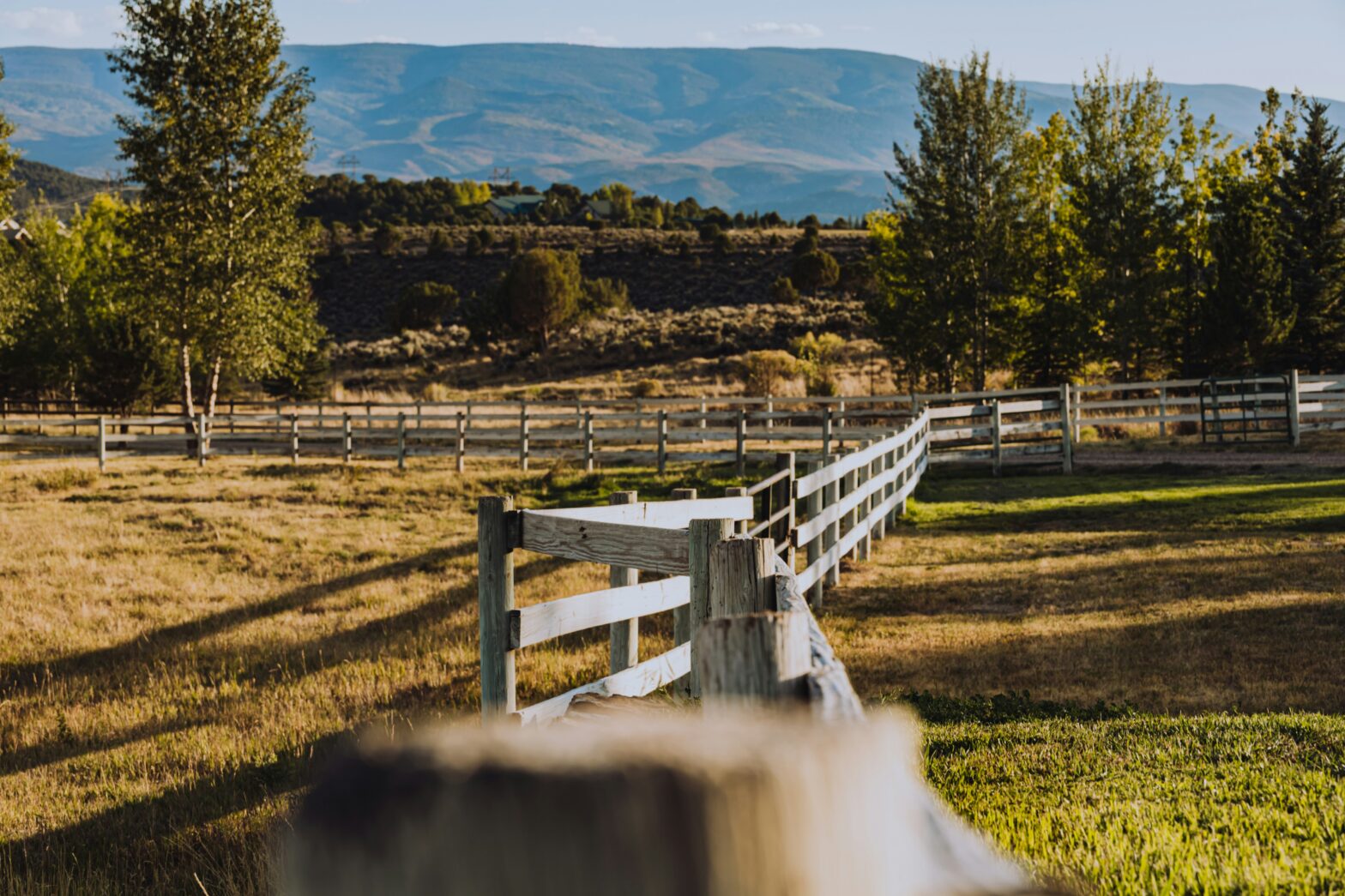The Negro Motorist Green Book was a guidebook published from 1936 to 1966. Founded by African American postal worker Victor Hugo Green, The Green Book was a crucial tool for resistance and survival. It allowed African American travelers to find businesses where they could safely eat, sleep, and purchase gas. The guide also provided a list of services, such as barbers and hair salons, that would accept Black customers.
In MMGY Travel Intelligence’s latest report, Black Americans contribute $145 billion to the travel and tourism industry. From Black Ski Week, camping and hiking outdoors, and climbing Mt. Everest, to treating themselves to travel luxuries, today’s Black travelers are represented in spaces where they have historically been excluded. Yet, even with the progress, Black travelers face some challenges. There are still stares when sitting in First-Class, microaggressions on hiking trails, and unfortunately, there are still destinations where some people may feel we don’t belong.
With more money to spend on travel and open minds, it’s more important than ever to create a travel life rooted in culture, connection, and protection. Here’s how.
How To Create A Culturally Enriching Itinerary
One of the best ways to curate a culturally enriching itinerary is by following the Diaspora. Explore destinations with a strong Black presence such as Accra, Ghana; Cali, Colombia; Salvador, Brazil; and Willemstad, Curacao.
Keep an open mind, as there could be a significant Black presence in a country that has yet to be uncovered. Seek out Black-owned accommodations, tour operators, and experiences, and research Black historians from the region who can guide you in the right direction and point you to landmarks that reveal the history of Black communities.
Be sure to engage and honor the local Black history and culture when you finally reach your destination. Familiarize yourself with the local customs and traditions. Don’t be afraid to ask for advice on engaging ethically with local Black communities in a meaningful and respectful way.
Traveling With Community And Building Connection
Building connection can happen online and offline. Whether you are solo traveling or traveling with a group, first connect with groups that represent your travel style. For example, there are social media platforms and groups for Black women or Black men who travel solo. People often share itineraries, their personal experiences, and dos and don’ts they’ve learned along the way or in their most recent destination.
There is a growing number of Black expats worldwide. Black expats on the ground are some of the most welcoming and helpful people, especially for solo travelers. Black expat groups are circulating online, including Black in Bali, Black in Portugal, and Black Women Expats in Latin America, to name a few.
Once you find your community, participate in the conversation and drop your own gems and advice for others. Discuss your interests and likes. The engagement could lead to your tribe of Black travelers. Some of the best groups are The Wind Collective, Nomadness Travel Tribe, and Travel with Kim Haas.
Resources and directories for Black-owned spaces include Travel Noire, which offers city guides, information on things to know about the destination you’re traveling to, and resources on the best ways to travel, pack, and find community. Other resources include Noirbnb, Black & Abroad, and EatOkra.
A Travel Life Rooted In Protection And Safety
In a perfect world, Black travelers would move freely. Unfortunately, they have to be mindful of where they’re traveling to because anti-Black racism can be found worldwide. Travel has so many benefits. Studies show that travel can reduce stress and alleviate the symptoms of depression and anxiety.
Still, Black travelers have to keep their heads on a swivel. It’s just as important to be mindful of the racial climate and develop an exit plan if a situation escalates. Assess the race relations in the area where you are traveling and have a plan for your emotional and mental safety.
Your modern-day Green Book should reflect your values, interests, and curiosity. It should also serve as a reminder of just how far Black people have come in taking up space globally while opening the door for more adventure. The guide you create is not just about safety, but it’s your North Star for reveling in joy, connection, and the beauty found in Black cultures.





